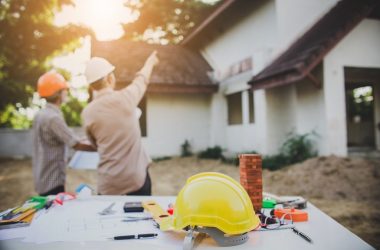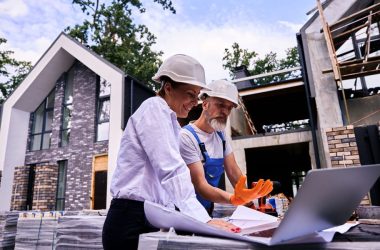Selecting a long-term residence represents one of life’s most consequential decisions, affecting daily comfort, financial stability, and overall life quality. Numerous factors merit careful consideration beyond initial impressions when evaluating potential homes for extended living arrangements. Location accessibility, community atmosphere, available amenities, and future value retention are crucial in determining satisfaction with a housing choice over many years. The decision requires balancing immediate needs against anticipated future requirements while considering practical necessities and lifestyle preferences to create a suitable long-term home.
Green havens recharge daily life
Integrating natural elements into living spaces creates measurable benefits for residents’ physical and mental health. Properties near parks, gardens, or nature reserves offer immediate access to refreshing outdoor activities without requiring special travel arrangements. Many who reside at springleaf residences appreciate incorporating greenery throughout the property grounds, creating microenvironments that improve air quality while providing visual relief from urban concrete landscapes. Green spaces within residential areas serve multiple functions beyond aesthetic appeal. Regular interaction with natural elements has been linked to reduced stress levels, improved cognitive function, and better overall health outcomes, benefits that compound greatly over the years of residence.
Minutes saved become hours reclaimed
- Proximity to transportation nodes reduces daily commute duration
- Convenient access to essential services eliminates unnecessary travel
- Nearby educational institutions simplify family logistics
- Multiple route options provide alternatives during disruptions
The cumulative impact of location convenience becomes increasingly apparent over extended residency periods. A strategic location that minimizes daily travel requirements can reclaim hundreds of hours otherwise spent in transit annually. This recovered time translates to improved work-life balance, increased leisure opportunities, and reduced transportation costs that compound into significant benefits throughout years of residence.
Neighbour networks strengthen roots
The social ecosystem surrounding a residence plays a crucial role in long-term living satisfaction yet often receives insufficient consideration during initial property evaluation. Strong community foundations include active resident participation, mutual support networks, and shared respect for common spaces and community standards. Communities with established traditions, regular gatherings, and effective communication systems tend to maintain property standards more effectively through a collective interest in preserving neighbourhood quality. They also demonstrate greater resilience during challenging periods by mobilizing mutual assistance networks. The value of these community foundations becomes increasingly apparent over extended residence periods when inevitable life challenges arise, requiring support systems beyond the immediate family.
Foundations outlast trends
- Modern utility systems that accommodate technological advances
- Proactive maintenance programs that prevent system deterioration
- Adaptable spaces that can be reconfigured for changing needs
- Energy-efficient designs that minimize long-term operational costs
Residences designed with forward-thinking infrastructure provide substantial advantages for long-term occupants by anticipating future needs rather than merely meeting current standards. Buildings constructed with excess capacity in electrical systems accommodate increasing device usage without requiring expensive retrofits. Similarly, flexible living spaces allow reconfiguration as family compositions and needs change.
For long-term residents, this value preservation creates financial security through equity buildup while minimizing potential losses during market fluctuations. It also ensures greater flexibility should circumstances eventually necessitate relocation, as well-maintained properties in desirable areas typically experience shorter market times and stronger buyer interest. This financial stability component provides peace of mind throughout the residence period while potentially delivering substantial returns when transitioning to different housing arrangements.







